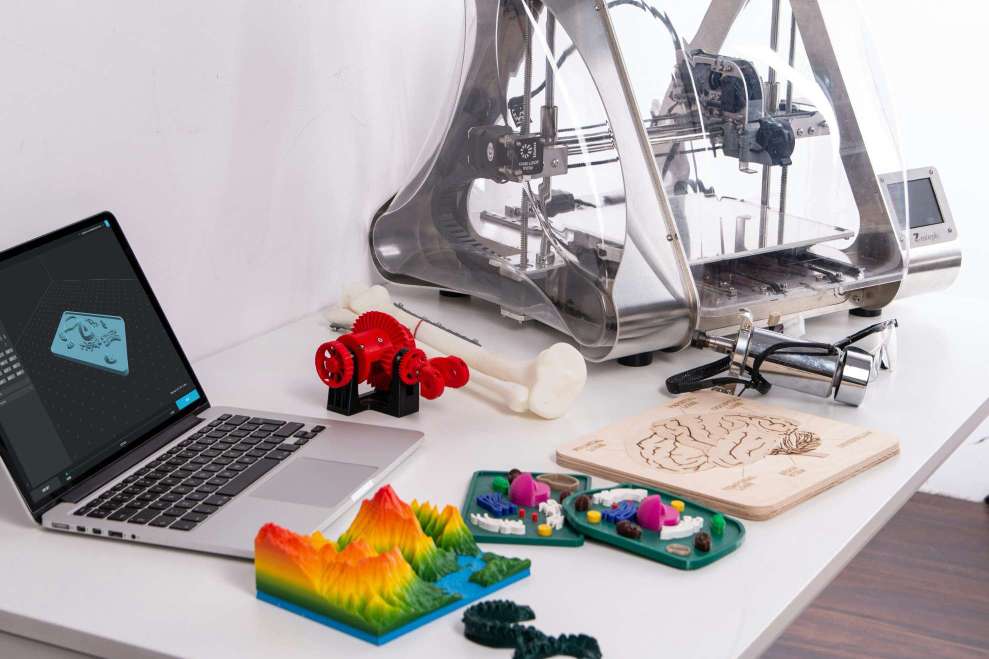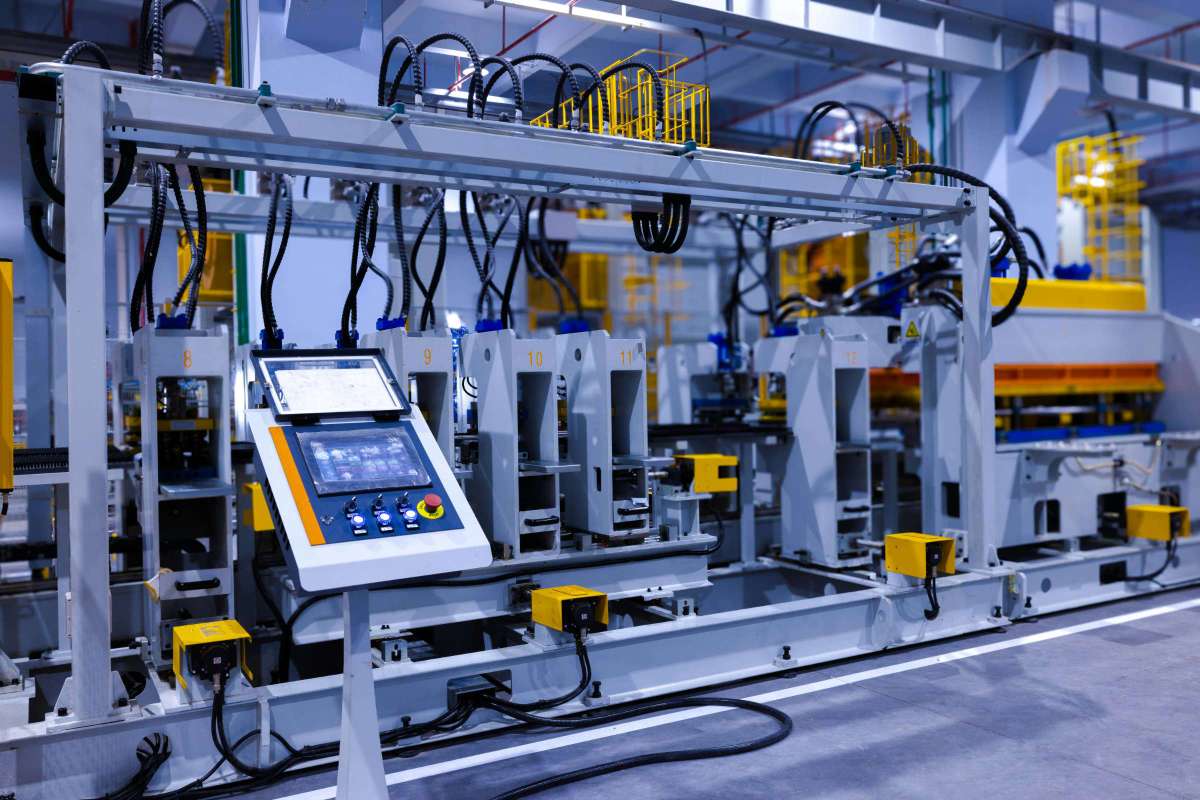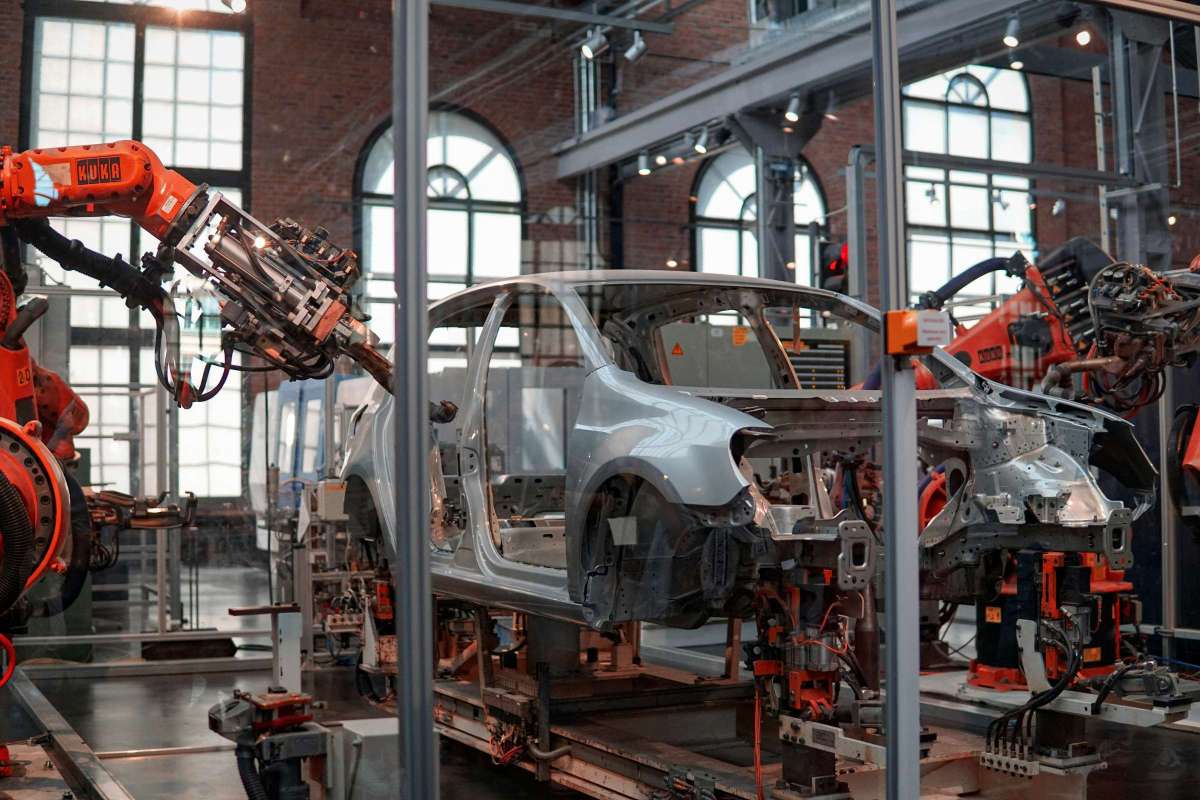AI in Agriculture: Improving Crop Yield and Sustainability

3 min read
14 Sep 2025
Artificial intelligence (AI) is revolutionizing agriculture by providing innovative solutions to improve crop yield, optimize resource management, and promote sustainability. From precision farming to crop monitoring, AI technologies offer farmers valuable insights and tools to enhance productivity and efficiency in agricultural practices.
Precision Farming: Precision farming, also known as precision agriculture, utilizes AI-driven technologies to optimize crop management practices at a granular level. AI algorithms analyze data from sensors, drones, and satellite imagery to assess factors such as soil moisture, nutrient levels, and crop health. By providing real-time insights, precision farming enables farmers to make data-driven decisions regarding irrigation, fertilization, and pest control, leading to increased crop yields and resource efficiency.
Crop Monitoring: AI-powered crop monitoring systems leverage machine learning algorithms to analyze remote sensing data and monitor crop growth and health throughout the growing season. Satellite imagery, drones, and ground-based sensors capture data on factors such as plant health, vegetation indices, and disease outbreaks. AI algorithms process this data to identify areas of stress, predict crop yields, and detect early signs of pests or diseases, enabling timely interventions and proactive management strategies.
Predictive Analytics: AI-driven predictive analytics enable farmers to anticipate and mitigate risks associated with weather fluctuations, pests, and diseases. By analyzing historical data on weather patterns, soil conditions, and crop performance, AI algorithms can forecast future trends and risks, helping farmers optimize planting schedules, implement pest management strategies, and mitigate crop losses due to adverse weather events or pest outbreaks.
Smart Irrigation: AI-based smart irrigation systems optimize water usage in agriculture by delivering the right amount of water to crops at the right time and place. Sensors and AI algorithms monitor soil moisture levels, weather forecasts, and crop water requirements to determine optimal irrigation schedules and adjust water delivery accordingly. By reducing water waste and minimizing water stress on crops, smart irrigation systems improve water efficiency and contribute to sustainable agricultural practices.
Crop Disease Detection: AI technologies enable early detection and diagnosis of crop diseases, allowing farmers to implement timely interventions and prevent crop losses. Machine learning algorithms analyze data from remote sensing devices, such as drones or satellites, to identify signs of disease outbreaks, nutrient deficiencies, or pest infestations. By detecting diseases at an early stage, farmers can take proactive measures, such as targeted pesticide applications or crop rotations, to control the spread of diseases and minimize yield losses.
Robotic Farming: AI-powered robots and autonomous vehicles are transforming traditional farming practices by automating labor-intensive tasks such as planting, harvesting, and weeding. Robotic farming systems equipped with sensors, cameras, and AI algorithms can navigate fields, identify crops, and perform precise operations with minimal human intervention. By reducing the need for manual labor and improving operational efficiency, robotic farming systems enhance productivity and profitability for farmers while reducing environmental impact.
Challenges and Considerations: Despite its potential, AI adoption in agriculture faces challenges related to data privacy, infrastructure, and accessibility. Farmers must have access to reliable internet connectivity and affordable technology infrastructure to leverage AI-driven solutions effectively. Moreover, concerns about data ownership, security, and privacy require transparent policies and regulations to ensure that farmers retain control over their data and benefit from AI technologies.
Furthermore, AI technologies must be tailored to suit the diverse needs and conditions of farmers worldwide, including smallholder farmers in developing countries. Ensuring that AI solutions are accessible, affordable, and user-friendly for farmers of all scales and backgrounds is essential for widespread adoption and equitable access to agricultural innovation.
Future Outlook: The future of AI in agriculture holds tremendous promise for addressing global food security challenges, promoting sustainability, and empowering farmers with actionable insights and tools. Advancements in AI technologies, including edge computing, internet of things (IoT) integration, and federated learning, will further enhance the capabilities of AI-driven agricultural systems.
Conclusion: AI is driving a paradigm shift in agriculture by enabling data-driven decision-making, precision management practices, and automation of farming operations. By harnessing the power of AI technologies, farmers can optimize crop yield, reduce resource inputs, and mitigate environmental impact, contributing to sustainable and resilient food production systems.

The AR Breakthrough That Will Make Blockchain Transactions Simpler Than Ever!
7 min read | 15 Nov 2025
How AI Is Making Blockchain Smarter and Safer – The Inside Scoop!
5 min read | 14 Nov 2025
The Big Tech Twist: How VR Is Set to Disrupt Blockchain Like Never Before!
5 min read | 13 Nov 2025
Unlocking the Power of AR: How Augmented Reality Is Set to Revolutionize Blockchain!
5 min read | 12 Nov 2025More Articles

The Intersection of AI and Ethics in Autonomous Weapon Systems
4 min read | 04 Nov 2025

AI and Big Data: Harnessing Information for Strategic Decision Making
6 min read | 03 Nov 2025

AI in Personalized Medicine: Tailoring Treatments to Individual Patients
4 min read | 02 Nov 2025

The Future of Quantum Computing and Its Impact on AI
4 min read | 01 Nov 2025
More Articles

3D Printing: How It's Changing the World as We Know It
4 min read | 18 Sep 2025

Additive Manufacturing: The Technology Behind 3D Printing
4 min read | 17 Sep 2025

Industry 4.0: The Fourth Industrial Revolution Explained
7 min read | 16 Sep 2025

Smart Manufacturing: The Future of Production is Here
7 min read | 15 Sep 2025
